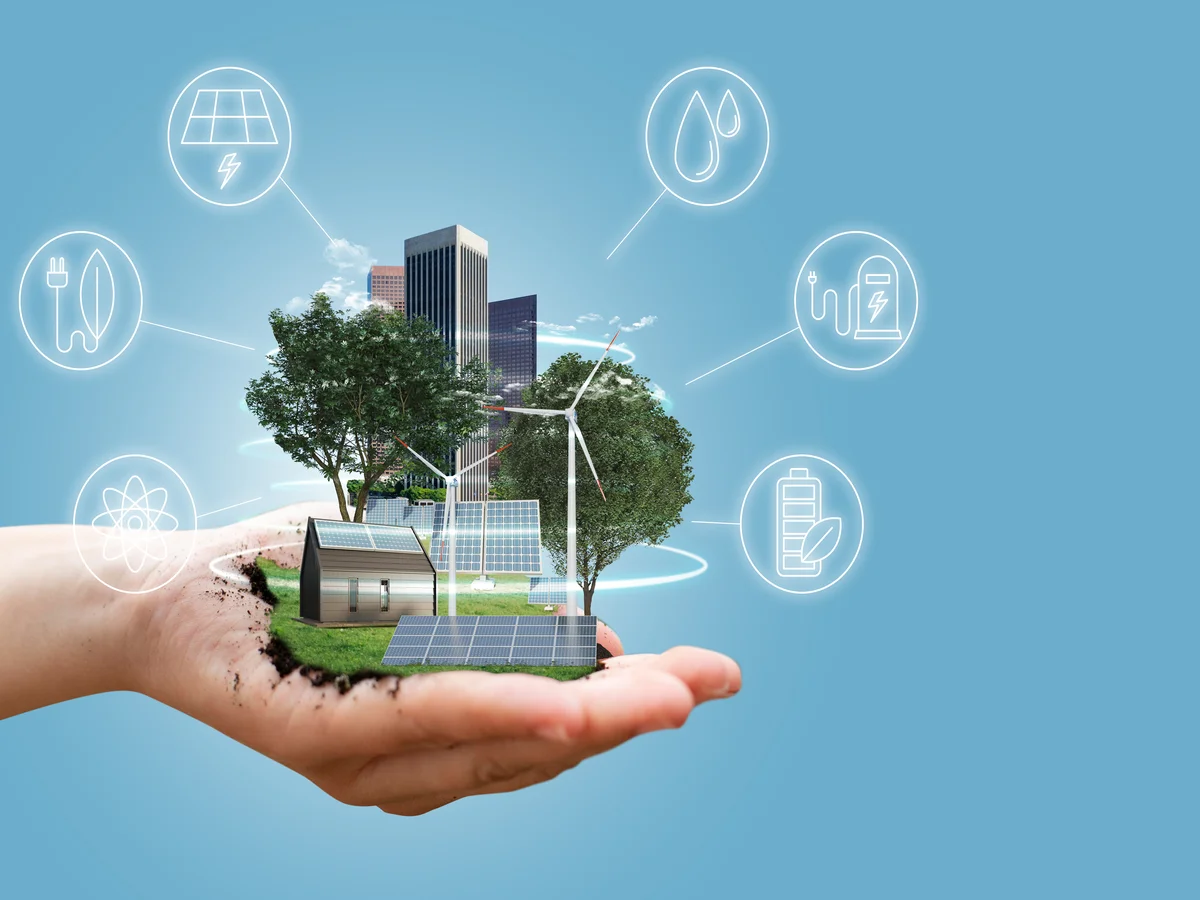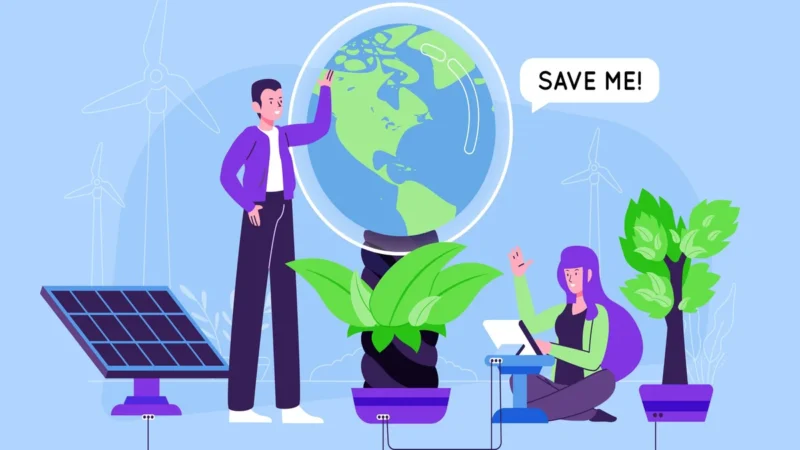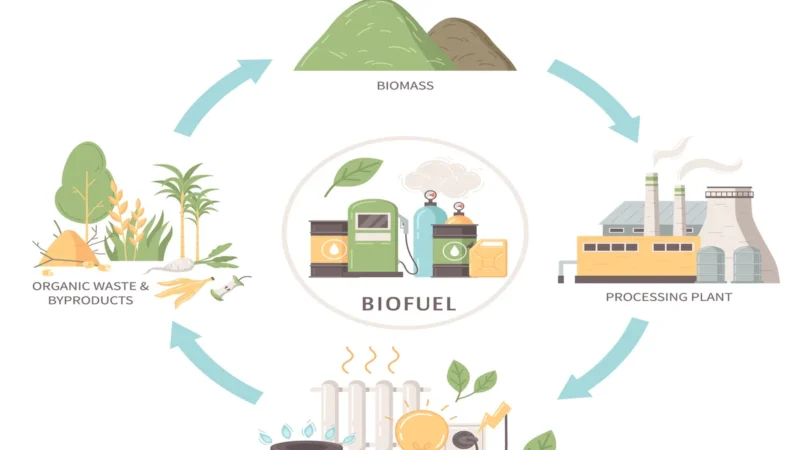How Supply Chain Resilience Powers the Energy Transition? Navigating Challenges

The energy transition towards sustainability is a global imperative, reshaping how we produce and consume power. However, this monumental shift relies not only on technological advancements but also on the resilience of supply chains. The interconnection between supply chain resilience and the energy transition underscores the challenges and opportunities within this transformative journey.
What Is Nexus?
Supply chains in the energy sector encompass intricate networks involving raw material extraction, manufacturing, transportation, and distribution. Amidst the energy transition, this complex ecosystem faces multifaceted challenges, including increasing demand for renewable energy components like solar panels, wind turbines, and batteries.
1. Resource Constraints: The surge in demand for critical minerals like lithium, cobalt, and rare earth metals strains supply chains. These resources, pivotal in renewable energy infrastructure, face scarcity issues due to geopolitical tensions, limited reserves, and extraction complexities.
2. Geopolitical Influences: The geographic concentration of certain resources poses geopolitical risks. Dependency on a few regions for critical materials raises concerns regarding supply disruptions, tariffs, or trade barriers that could impede the energy transition’s pace.
3. Technological Evolution: Rapid technological advancements drive innovation, demanding agile supply chains capable of adapting to newer, more efficient technologies. As renewable energy technologies evolve, maintaining a resilient supply chain becomes paramount.
Navigating Challenges
1. Diversification and Localized Production: To mitigate geopolitical risks and reduce dependency on specific regions, diversification of supply sources and localized production can enhance resilience. Encouraging domestic production or fostering partnerships with resource-rich nations promotes stability.
2. Circular Economy Approach: Embracing a circular economy model by recycling and reusing materials from decommissioned renewable energy infrastructure minimizes reliance on virgin resources. This approach reduces waste and lessens the burden on raw material supply chains.
3. Technological Innovation and Collaboration: Investing in research and development fosters technological innovation. Collaboration among industry stakeholders encourages knowledge sharing, streamlines processes, and promotes the development of more resilient supply chains.
Leveraging Resilience for Progress
Enhancing supply chain resilience not only mitigates risks but also accelerates the energy transition by fostering innovation and sustainability.
1. Accelerated Innovation: Resilient supply chains incentivize innovation by ensuring a consistent flow of resources and components. This encourages the development of more efficient, cost-effective, and sustainable technologies, propelling the transition towards cleaner energy sources.
2. Long-Term Viability: A resilient supply chain ensures the long-term viability of renewable energy systems. Stable access to materials and components guarantees the continuous operation and maintenance of renewable infrastructure, bolstering confidence in their effectiveness and longevity.
3. Environmental and Social Impact: Resilient supply chains align with environmental and social objectives. Reduced reliance on scarce resources, coupled with ethical sourcing practices, promotes environmentally responsible production while addressing social concerns related to labor practices and community well-being.
Key Takeaways
The success of the energy transition significantly hinges upon the resilience of supply chains. Navigating challenges through diversification, innovation, and collaboration empowers the transition towards sustainable energy systems. By prioritizing supply chain resilience, stakeholders can ensure a smoother, more efficient, and sustainable trajectory towards a cleaner energy future.
FAQs on Supply Chain Resilience and the Energy Transition:
Supply chain resilience ensures the consistent flow of materials and components needed for renewable energy technologies. It mitigates risks related to resource scarcity, geopolitical tensions, and technological changes, crucial for the uninterrupted progress of the energy transition.
Challenges include resource constraints (such as rare earth metals), geopolitical influences affecting resource availability, and the need for rapid adaptation to evolving technological advancements.
Diversification of supply sources, localized production, and embracing a circular economy approach by recycling and reusing materials from decommissioned infrastructure can mitigate resource constraints.
Resilient supply chains foster innovation by providing a stable resource flow. This encourages the development of more efficient and sustainable technologies, accelerating progress in the renewable energy sector.
Collaboration among industry stakeholders encourages knowledge sharing, streamlines processes, and promotes the development of more resilient supply chains. It helps in addressing common challenges collectively.


